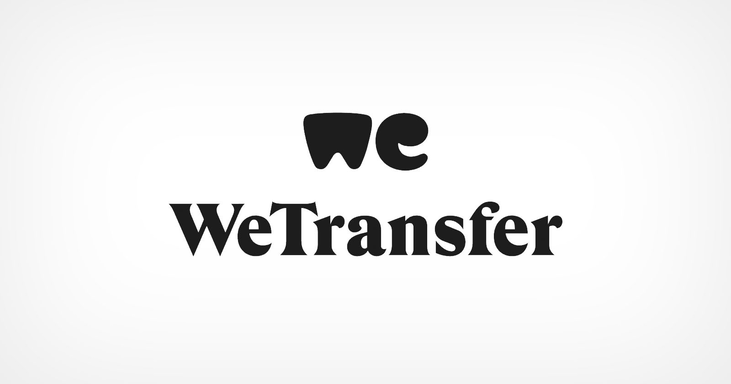eTransfer has long been a popular choice for quick file sharing, but many users now need more—larger file size limits, better retention options, and improved security. If you regularly need to transfer files online, whether for creative projects, software builds, or enterprise collaboration, it’s worth exploring some better alternatives.
Here’s a look at the best WeTransfer alternatives, comparing their strengths, limitations, and ideal use cases.
1. FileFlap.net – Best for Very Large Files
If you often deal with massive projects—think 4K videos, game assets, or multi-gigabyte archives—FileFlap.net stands out for its huge file size support and simple pricing. It allows transfers of up to 1TB per file, which is far beyond what most platforms offer.
There’s no subscription lock-in; it’s free up to 10GB, and then pay-as-you-go pricing starts at $5 per 100GB. You don’t need an account to send or receive files, and it uses a global CDN for faster delivery speeds.
While it’s not a full-fledged cloud storage solution, FileFlap is ideal for anyone who needs fast, one-time large file transfers without complicated setup.
2. Smash – Flexible Retention and Branding
Smash is a strong alternative for creatives who want more control over how their files are shared. It offers custom branding options for Pro users, so agencies can personalize the download experience.
Free transfers don’t have a strict file size limit, but uploads larger than 2GB may take longer to process. Paid plans allow up to 250GB per file with 30-day retention and faster speeds.
Smash is great for teams that share a mix of small and medium-sized files, but if you regularly transfer multi-terabyte projects, it won’t scale like FileFlap.
3. TransferNow – Better for Long-Term Access
TransferNow caters to users who want their files accessible for longer periods. Its Premium plan allows storage for up to 365 days, making it a good choice for sharing files that need to stay online longer than a week.
The free plan allows up to 5GB per transfer, while Premium users can send up to 250GB per file. It also includes basic security features like password protection and download notifications.
However, TransferNow’s storage limits still fall short for very large workflows like video editing or game development pipelines.
4. pCloud Transfer – Quick & Encrypted for Small Files
For smaller files where encryption is more important than capacity, pCloud Transfer is a good pick. You can send up to 5GB for free, and add password protection without an account.
It’s a lightweight solution for occasional file sharing, but it doesn’t scale well for bigger projects or enterprise needs.
5. Send Anywhere – Convenient Multi-Device Sharing
If you often send files between mobile devices, Send Anywhere is designed for that. It uses a simple 6-digit code for real-time sharing, making it ideal for quick device-to-device transfers.
Its paid Plus plan allows up to 50GB per file, but again, this is much smaller than what you’d get with a platform like FileFlap or even Smash.
6. Google Drive & Dropbox – Collaboration-Friendly
For ongoing collaboration rather than one-time transfers, Google Drive and Dropbox are still solid options. They offer shared folders, version control, and editing tools, making them great for team projects.
However, free storage is limited (15GB for Google Drive, 2GB for Dropbox), and they aren’t optimized for fast, large one-time transfers.
Which One Should You Choose?
- If you send occasional small files, pCloud or Send Anywhere are quick and simple.
- If you need custom branding and medium-sized transfers, Smash works well.
- If long retention is key, TransferNow is a good fit.
- If you need collaboration tools, Google Drive or Dropbox may be better.
But if your workflow involves massive files and fast delivery, a service like FileFlap.net is hard to beat. With 1TB file support, CDN delivery, and no forced subscriptions, it fills the gap left by traditional file-sharing services.
Final Thoughts
Choosing the right WeTransfer alternative depends on your priorities—whether it’s file size, retention, speed, or extra features. For most casual users, free tools like Smash or TransferNow might be enough. But for professionals handling huge projects with tight deadlines, platforms like FileFlap offer the scalability and simplicity needed to keep workflows moving smoothly.
So the next time you need to transfer files online, consider what matters most: size, speed, security, or storage time—and pick the tool that fits your needs best.


